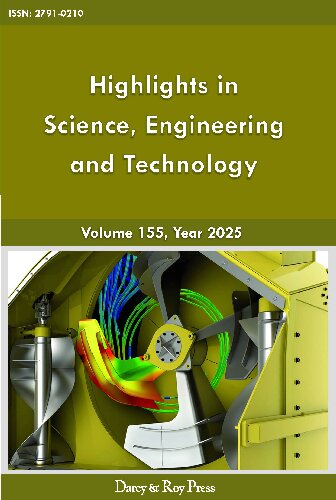Research on Olympic Medal Table Prediction Based on Graph Convolutional Neural Network
DOI:
https://doi.org/10.54097/pjffnm90Keywords:
2028 Olympic Games, Medal Prediction, GCN, Time Series.Abstract
As a global top sports event, Olympic medal table prediction is of great significance to the development of national sports strategies. In this study, we break through the limitations of traditional regression analysis by integrating historical medal data, host country effects, athletes' characteristics and other sources of data, and innovatively constructing a hybrid feature system that includes time series features and dynamic graph structure. Through the graph convolutional neural network modeling the time evolution characteristics of inter-country competition, combined with Bootstrap resampling technology to construct a probabilistic prediction model, to achieve the dynamic prediction of the medal list of the 2028 Los Angeles Olympic Games, and concluded that the United States with a probability of 85.7% to become the most progressive country, and Russia with a probability of 70.5% to become the most regressive country. This study establishes a multi-dimensional spatio-temporal correlation feature system and develops a hybrid GCN-Bootstrap architecture to realize the probabilistic inference of the Olympic medal distribution for the first time, and reveals the deep influence mechanism of geopolitical factors on competitive sports.
Downloads
References
[1] Andrew B. Bernard; Meghan R. Busse. Who Wins the Olympic Games: Economic Resources and Medal Totals [J]. The Review of Economics and Statistics, 2004, 86 (1).
[2] Schlembach Christoph; Schmidt Sascha L.; Schreyer Dominik; Wunderlich Linus. Forecasting the Olympic medal distribution – A socioeconomic machine learning model [J]. Technological Forecasting & Social Change, 2022, 175.
[3] Akter R, Islam R M, Debnath K S, et al. A hybrid CNN-LSTM model for environmental sound classification: Leveraging feature engineering and transfer learning [J]. Digital Signal Processing, 2025, 163105234-105234.
[4] Du Y, Ding N, Lv H. Spatio-temporal prediction of terrorist attacks based on GCN-LSTM [J]. Journal of Safety Science and Resilience, 2025, 6 (2): 186-195.
[5] Sooksatra K, Rivas P. Dynamic-Max-Value ReLU Functions for Adversarially Robust Machine Learning Models [J]. Mathematics, 2024, 12 (22): 3551-3551.
[6] Alp T G, Vasi İ, Alp E, et al. PRDX-4: a novel biomarker similar to KL-6 for predicting the occurrence and progression of systemic sclerosis-ILD. [J]. Biomarkers in medicine, 2025, 1-7.
[7] Wang J, Kumar D M, Mamatha S, et al. Deep learning-based Adam optimization for magnetohydrodynamics radiative thin film flow of ternary hybrid nanofluid with oscillatory boundary conditions [J]. Chaos, Solitons and Fractals: the interdisciplinary journal of Nonlinear Science, and Nonequilibrium and Complex Phenomena, 2025, 196116448-116448.
[8] Santoso B I, Utama N S, Supriyono. Meta-learning based softmax average of convolutional neural networks using multi-layer perceptron for brain tumour classification [J]. Array, 2025, 26100398-100398.
[9] Wang H, Fan J, Wang Y, et al. Bootstrap Masked Visual Modeling Via Hard Patch Mining. [J]. IEEE transactions on pattern analysis and machine intelligence, 2025, PP.
[10] Venkatesh S, Sindhu R, Arunachalam V. Hardware efficient approximate sigmoid activation function for classifying features around zero [J]. Integration, 2025, 103102421-102421.
Downloads
Published
Issue
Section
License
Copyright (c) 2025 Highlights in Science, Engineering and Technology

This work is licensed under a Creative Commons Attribution-NonCommercial 4.0 International License.


















